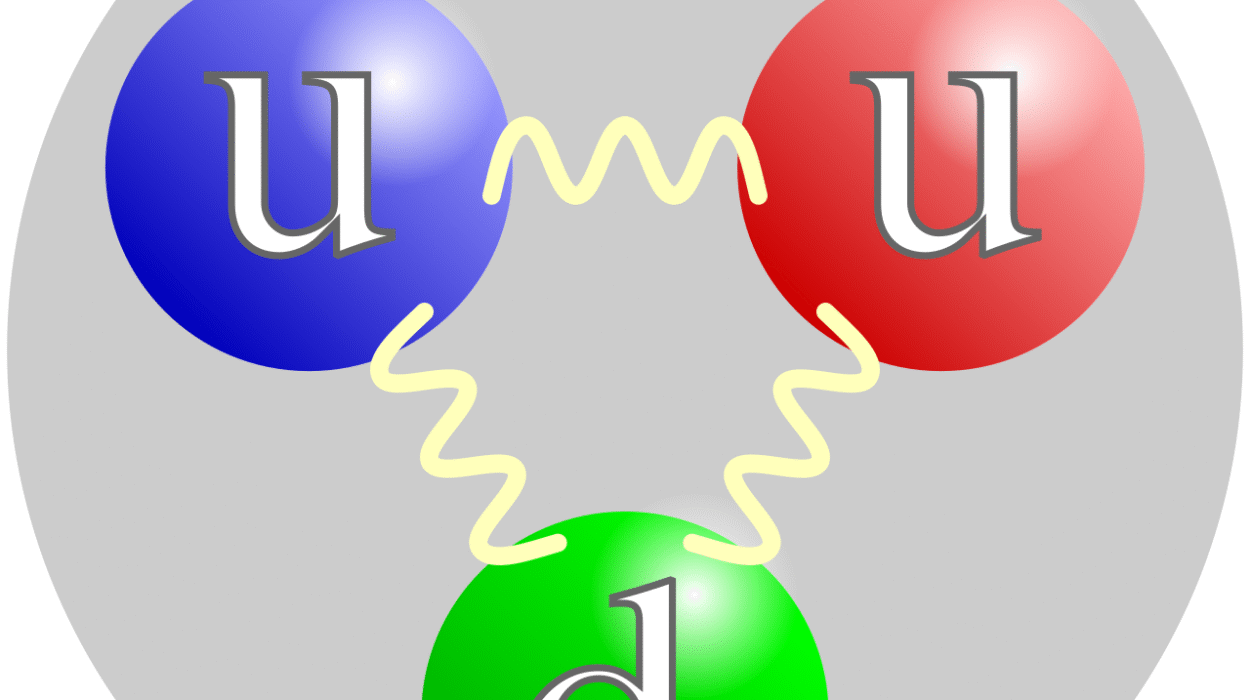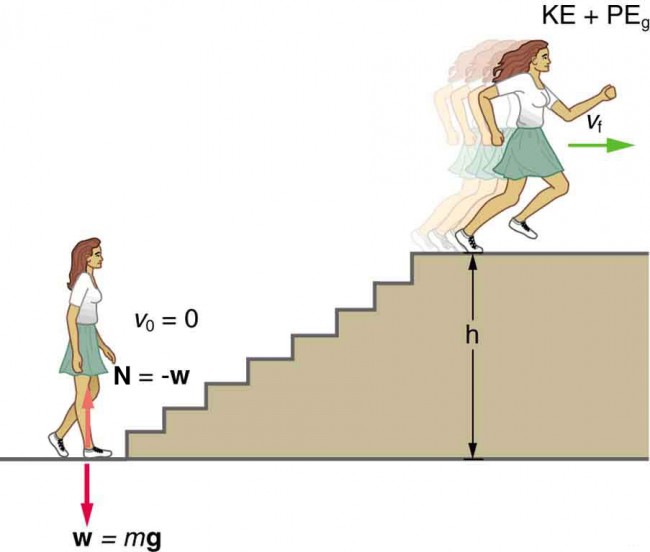In a groundbreaking study published in Physical Review Letters, a team of scientists has introduced an innovative way to detect the quantum properties of a system without directly measuring the quantum system itself. The approach revolves around using heat as a “witness” to infer quantum characteristics, opening new possibilities for studying quantum systems while bypassing some of the challenges of traditional measurement methods.
The research connects two important areas of physics: thermodynamics and quantum information theory. The idea is inspired by a famous thought experiment introduced in the 19th century by the physicist James Clerk Maxwell—known as Maxwell’s demon. This imaginary entity could, in theory, sort gas molecules inside a closed box by their velocities, effectively violating the second law of thermodynamics, which states that entropy (or disorder) in a system always increases. Although Maxwell’s demon was a theoretical construct, it helped generate important discussions about the relationship between information and thermodynamics.
The study, conducted by Dr. Alexssandre de Oliveira Junior and Prof. Jonatan Bohr Brask from the Technical University of Denmark and Prof. Patryk Lipka-Bartosik from Jagiellonian University in Poland, leverages Maxwell’s demon as inspiration to explore what happens when classical memory is replaced with quantum memory. This fundamental shift leads to a discovery that quantum systems reveal their unique properties through heat exchange with their surroundings—without needing to measure the quantum system directly.
The Challenge of Measuring Quantum Properties
Observing quantum properties such as entanglement and coherence has always been a challenge. Traditional measurement techniques in quantum mechanics involve interacting with the quantum system, typically collapsing its quantum state in the process. These methods, while effective in some contexts, are destructive—they disturb the system, often eliminating any quantum information it holds. Furthermore, these measurements can introduce noise, affecting the accuracy of the results.
This new approach offers a potential solution. As Prof. Brask explains, “What makes our approach exciting is that it doesn’t rely on any specific model or system. Instead, we can explore fundamental constraints on heat exchange in a quantum process simply by measuring a thermal ancilla, or heat bath, acting as the environment.” By using the heat flow in and out of the system, the researchers propose that quantum properties can be detected indirectly through heat exchange dynamics, without the need for intrusive measurements.
A New Thermodynamic Perspective on Quantum Systems
The core idea behind the new method is the recognition that quantum coherence—the ability of quantum systems to exist in multiple states at once—affects energy transfer in ways that classical systems cannot replicate. This means that quantum systems influence the flow of heat between them and their environment in unique ways that allow their quantum properties to be detected.
To demonstrate this, the team developed a theoretical framework that models a quantum system interacting with a thermal environment. In this setup, a quantum memory acts as a catalyst for the interaction without directly exchanging energy. Instead, the quantum memory modifies how heat flows between the system and the environment by storing and influencing quantum information. This subtle interaction between heat and quantum systems offers a way to infer quantum properties without having to directly interact with the system itself.
The process can be explained in a simplified example involving two parties—Alice and Bob—who want to determine if they share an entangled quantum state. To do this, they use two additional systems: a heat bath and a quantum memory. The quantum memory acts as a bridge that enables quantum connections to form between the main system and the heat bath, something a classical memory cannot do.
How It Works: Theoretical Framework
The procedure begins with Alice and Bob measuring the initial energy of the thermal ancilla (heat bath). They then apply a unitary operation—a reversible transformation—to connect the three systems (main quantum system, quantum memory, and heat bath) and allow them to evolve. The crucial role of the quantum memory comes into play during this process: because it’s a quantum system, it facilitates quantum entanglement or other quantum connections between the systems. These interactions allow heat to flow between the system and the bath in ways that depend on the quantum properties of the system.
After the systems have evolved, Alice and Bob measure the thermal ancilla again to see how much its energy has changed. The energy difference is then compared to theoretical bounds derived from the framework developed by the researchers. If the energy change falls outside the expected range, it indicates that the quantum system has a specific quantum property, such as entanglement. Essentially, this change in heat flow serves as a “witness” to the quantum behavior of the system.
Real-World Applications and Impact
This heat-based approach has far-reaching implications for experimental quantum physics. By detecting quantum properties indirectly through heat exchange, the method offers a potentially non-invasive and less disruptive way to study quantum systems. The researchers demonstrated their heat-based witness approach with two key examples: entanglement detection and coherence certification.
The approach is not just a theoretical curiosity—it has practical applications. Prof. Lipka-Bartosik emphasized, “Our approach can be implemented in state-of-the-art experimental setups.” For example, nuclear magnetic resonance (NMR) and cavity quantum electrodynamics (QED) with superconducting qubits have already been used to implement energy-preserving unitary processes, which are central to the proposed framework. Moreover, these platforms can also incorporate a quantum memory, a critical element of the new method. This means that the approach could be implemented using existing technology, making it highly applicable to current experimental setups.
Other quantum platforms, such as single-electron devices and trapped ions, could also verify the results, as they have been used in previous experiments to test related quantum concepts. This suggests that the new approach could be applied across a variety of quantum technologies, helping to improve our understanding of quantum systems and their behavior.
Looking Ahead: Multipartite Quantum Correlations and Future Directions
The researchers are already thinking about the future of this work. One exciting direction is to generalize the approach to detect multipartite quantum correlations—interactions involving multiple quantum systems. Typically, measuring these correlations comes with a significant computational cost. However, the researchers suggest that it might be possible to construct quantum witnesses that allow for practical measurements of multipartite quantum correlations based on differences in heat exchange. If successful, this would open new avenues for studying complex quantum systems with many interacting parts, which is a key challenge in quantum information theory.
As quantum technologies continue to advance, this heat-based detection method could play a crucial role in developing more practical and scalable quantum applications. For example, it could improve the performance of quantum computers, optimize quantum communication protocols, and help design more efficient quantum sensors. The ability to detect and quantify quantum properties indirectly—without collapsing the quantum state—represents a major step forward in the field of quantum mechanics.
Conclusion
The new study introduces a revolutionary way to detect quantum properties using heat as a witness, offering a non-invasive method for studying quantum systems. By connecting thermodynamics and quantum information theory, the researchers have paved the way for new techniques to explore quantum behavior, such as entanglement and coherence, with minimal disruption. This work is a significant milestone in the quest for practical quantum technologies and demonstrates how insights from classical thermodynamics can be applied to understand the complexities of quantum systems. With future developments, this approach could transform how we study and utilize quantum properties in real-world applications, from quantum computing to communication and beyond.
Reference: A. de Oliveira Junior et al, Heat as a Witness of Quantum Properties, Physical Review Letters (2025). DOI: 10.1103/PhysRevLett.134.050401. On arXiv: DOI: 10.48550/arxiv.2408.06418






